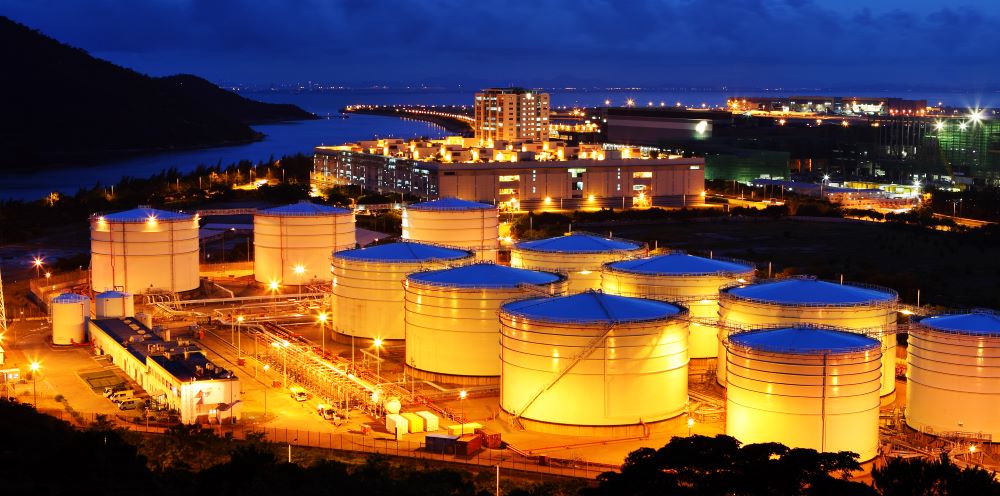Installing and Replacing Floating Roof Seals is a big job, but it’s important to keep your stored product secure and compliant with environmental regulations. When the time comes to select a new seal, there are a few key factors to weigh.
Seal Material
The material you choose depends on what you’re storing in the tank. Options like polyethylene, ethylene propylene diene monomer (EPDM), polytetrafluoroethylene (PTFE), and galvanized steel each have pros and cons for chemical resistance, durability, and cost. For most standard petroleum products, a high-density polyethylene seal is a good economical choice. Check with manufacturers for recommendations based on your specific product.
Weatherability
Consider your local weather and temperatures. Seals made of materials like PTFE can withstand very high heat, while options like EPDM rubber fare better in extremely cold conditions. For areas with variable or extreme weather, a hybrid seal using multiple materials may provide the best overall weatherability.
Ease of Installation
Some seal types are easier to install and replace than others. Bolt-on seals, for example, are relatively straightforward to install, while adhesive-backed seals require cleaning and preparing the tank surface before installation. Welded seals provide the best seal but require special equipment and skills to install. Consider your technical capabilities and available resources when choosing a seal.
Regulatory Compliance
Make sure any seal you select meets regulations for storing your specific product. For petroleum tanks, seals must comply with requirements like API 650 Appendix J for bolted seals or API 653 for welded seals. The seal manufacturer should provide documentation verifying which regulatory standards their products meet.
By weighing these key factors, you can select a floating roof seal that provides the best solution for your needs, environment, and budget. With the right seal keeping your tank tight, you’ll have peace of mind that you’re staying compliant and avoiding costly spills or emissions.




